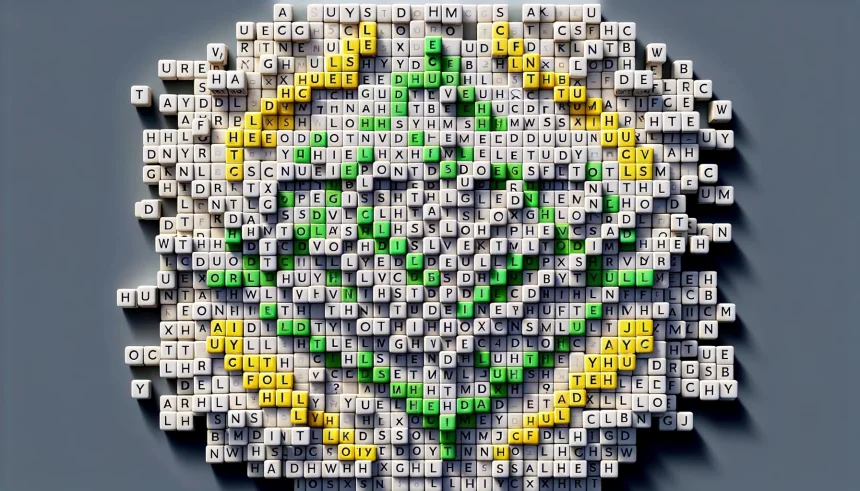Wordle continues to engage players each day with its accessible yet challenging format, asking users to decipher a five-letter word within six attempts. People from varied backgrounds enjoy the ritual, sharing results with friends or on social media, and often develop their own routines and preferences for starting words to improve their guessing success. As more players join, communities discuss optimal strategies and highlight memorable moments such as realizing the answer after a series of creative guesses. Regular updates, like daily hints and answer reveals, keep the game fresh and encourage continued participation. Many users appreciate the balance between logical deduction and luck involved in each session.
When the game first gained traction, discussions often centered around its straightforward interface and the phenomenon of sharing colored grids online. While past coverage focused primarily on the game’s explosive rise and its sale to The New York Times, recent updates center on evolving player strategies, more refined hint systems, and the continued appeal of Wordle’s daily challenge. Analysis of previous reporting also emphasizes the game’s influence on the rise of similar puzzle apps, shifting from just a social trend to a lasting part of daily digital routines.
What drew players to today’s Wordle puzzle?
Today’s Wordle, puzzle number 1494, encouraged players to identify the word “BURNT,” a choice that prompted associations with overcooked food or a moth drawn too close to a flame. No double letters featured in today’s solution, which simplified deductive efforts for some players. Context clues and structured hints are frequently provided to maintain engagement and steadily enhance user experience.
How can daily tips improve puzzle outcomes?
Using strong initial guesses with a diverse mix of vowels and consonants significantly boosts the chances of identifying the secret word quickly. Tactical second guesses help refine the letter pool even further, while regular reminders caution players to consider repeating letters if progress stalls. As there’s no time limit, many users find stepping away and returning to the puzzle helps refresh their perspective, increasing the likelihood of a correct answer.
Why does Wordle maintain its popularity among word game fans?
Regular introduction of daily puzzles and community-driven advice sections, coupled with a non-competitive environment, have contributed to Wordle’s ongoing popularity. Players can track past puzzles such as “TIZZY,” “BLANK,” and “SWORD” to avoid repetition and craft smarter initial guesses. The appeal lies in a daily mental exercise that’s easy to access and offers attainable victories to both experienced and casual fans.
A good starting word should “contain a mix of unique consonants and vowels,” helping set the direction for the rest of the game.
Wordle’s operational structure challenges players to use every guess intentionally. Each colored square provides essential feedback: gray squares indicate absent letters, yellow points to correct letters in the wrong position, and green confirms a right letter in its place. These mechanics encourage careful analysis, which, in turn, develops players’ problem-solving abilities and even impacts how they approach language outside the puzzle.
Wordle, originally created by Josh Wardle as a gesture for his partner and later acquired by The New York Times, illustrates how simple concepts can foster vast communities. Users share strategies, adapt approaches over time, and experiment with variants inspired by the core game. The etiquette of sharing results without spoilers and encouraging gentle guidance via hints has underlined the importance of positive, collaborative play. New puzzles will likely continue to be shaped by collective insight as the community matures and refines its shared pool of tactics.
Wordle’s ongoing appeal relies on its simplicity and community involvement. Players looking to improve should diversify starting words and leverage process-of-elimination logic based on previous answers. Reviewing recent outcomes, such as “SWORD” or “EXILE,” can prevent redundant guesses and foster smarter play. Examining word structure and employing stepwise reasoning offer pathways for both new and veteran participants to achieve daily success. For those consistently engaged, both the pleasure of problem-solving and connection with fellow enthusiasts underscore why this puzzle remains a fixture in everyday online culture.










